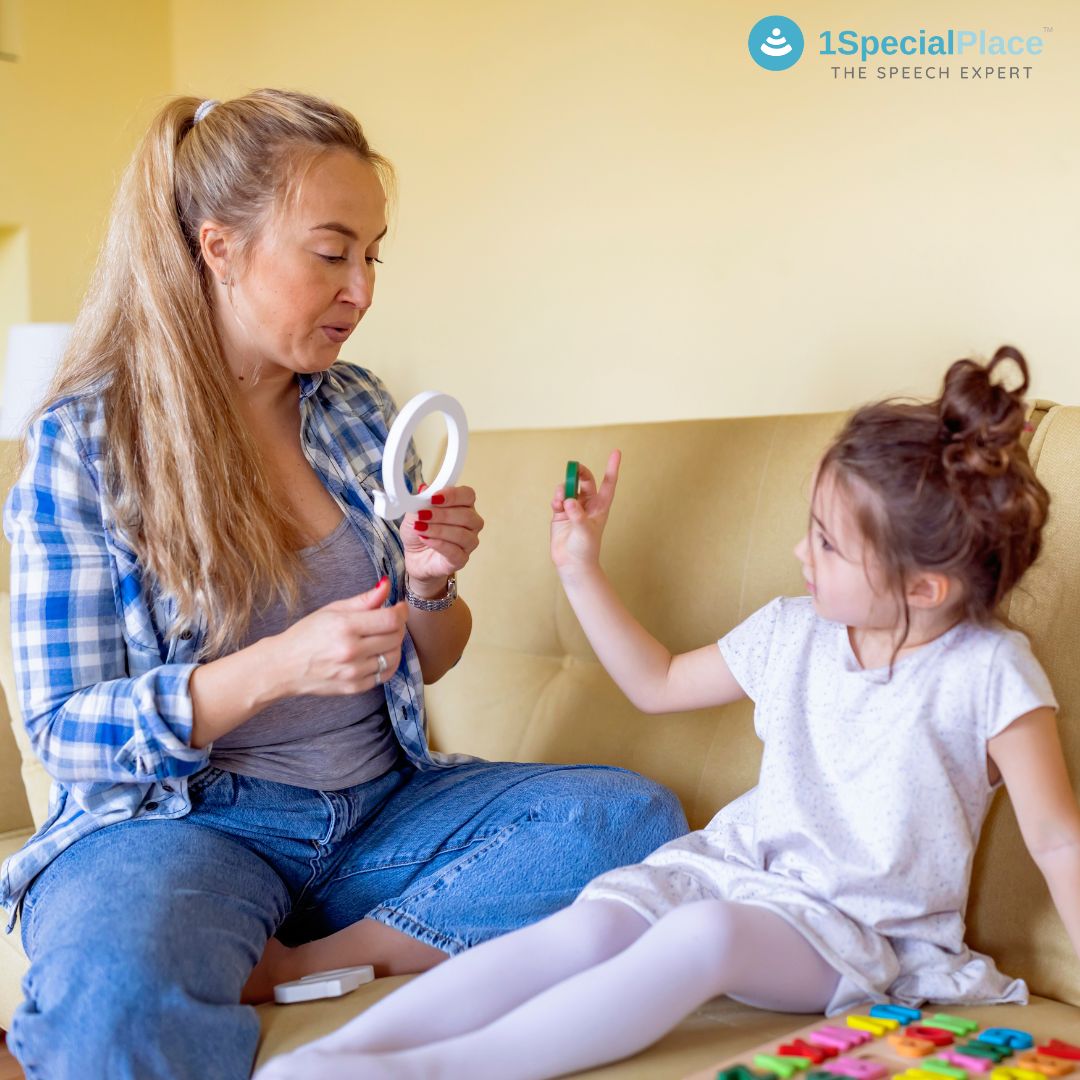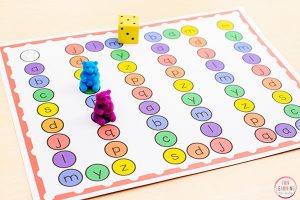
Tips to bring speech therapy into normal activities
Tips to bring speech therapy into normal activities – promoting generalisation)
One of the best ways to bring therapy into normal activities is called generalization. This is when, the parent or teacher, points out items or sounds learned in therapy sessions and uses them in normal conversation.
For example, if your son has been learning the word “bus” in therapy, and you see a bus approaching from down the street, you can point and say, “Bus!” repeatedly. The same goes for spotting an apple in a grocery store, or a cat while out on a walk.
Here’s a tip for generalization:
Don’t bury the word you are teaching under a bunch of other words. Rather than saying, “Look, a bus is coming down the road and is probably carrying lots of people,” keep it simple and just repeat the word “bus.” The child is much more likely to make the connection and remember the word on his or her own next time.
You can also practice generalization by looking through family photos, browsing through a toy catalog, or narrating a favorite book.
Generalizing helps kids make the connection between what they are learning in the school or therapy sessions and what everyday life is like.
It also helps them master new words and the sounds needed to make those words.
Generalization helps children learn conversational speech, learn the appropriate use of new words, and can make therapy sessions more interesting and relevant.
When do we start training for speech sound generalization?
The answer is as soon as the sound is stimulable!
Have you noticed your child having difficulty generalizing a newly acquired skill to different environments and conversational partners? This is a common occurrence with many students! But not to worry, there are fun and easy ways to help your child generalize their new skills and increase consistency across settings and people.
Below is a list of fun generalization activities:
1. FaceTime, Skype, or Call a family member:
Have your child call a family member or friend to practice their target skill. Be sure to coach them beforehand and be sure they know what they are practicing before calling (e.g., I want you to call grandma and work on using your awesome “sh” sound while you talk). Afterward, have them assess themselves (e.g., How do you think that went? What can you do differently next time?). Lastly, give them your feedback (e.g., I think that went great!) Just remember not to forget your good “sh” sound when you say “she”)!
2. Make a video recording:
Have your child make a video of them telling a story. Be sure to coach them beforehand and be sure they know what they are practicing before recording (e.g., I want you to record yourself telling a story about something that happened a long time ago. Work on using your past tense -ed). Afterward, have them assess themselves (e.g., How do you think that went? What can you do differently next time?). Then let them watch the video and re-assess themselves (e.g., Now that you have seen the video, how do you think you did?). Lastly, give them your feedback (e.g., That was an awesome video. You only missed one -ed sound).
3. Read Aloud:
Have your child read their favorite story or a familiar story out loud. This activity works best when working on speech sound production. Tell them what sound you’ll be listening for. Start with them reading one short paragraph. Raise your hand when they miss a sound, indicating they need to try the sentence again using their target speech sound. At the end of the paragraph, have them tell you one thing they did well and one thing they can improve upon for the next paragraph.
4. Play a Board Game:
Sit down to play a board game with your child. While playing the game, listen for their target sound or language skills as they talk. Be sure to tell them what you will be listening for and raise your hand when you notice an error. Have them try it again using the skill correctly. Have siblings join in this game! You can even have older siblings act as a coach or model.
5. Do a Physical Activity:
Speech is a motor act. Therefore, we can make our motor system learn to multitask by speaking while doing another physical activity (e.g., throw a ball, kick a ball, jump rope, hopscotch, etc.). Doing speech with another motor activity helps a child learn to produce their target sound while distracted.
Remember:
- Children benefit from practicing little and often, so aim for 10 to 15 minutes every day.
- Create lots of opportunities for your child to hear you using the tricky sound by modeling the sound within words during activities and throughout the day.
- Only give your child prompts for the step they are on – do not prompt them to try words again at sentence level if they are still working on single words.
- Wait until your child is consistent and confident at each step before moving onto the next one.
- Don’t correct your child throughout the day this will be stressful for you and your child.
- Praise your child when they self-correct and try words again without prompting. This is a great skill that will help them use their tricky sounds when you are not there.
- Have fun!
I hope some of these suggestions were helpful for you. These are easy for parents to practice at home. They promote quality time with your kids. It’s structured and fun. If your kids prefer something a little more tangible, you can always use reading materials, conversation cards, or, again, those tongue twisters. 4 strategies to promote generalization
Generalization can be challenging but fun! Enjoy these useful activities!
Happy learning!
Feel free to contact us if you are still facing challenges in teaching the sounds to your kids.
For more ideas check out our other blogs
- Famous people with Autism/ADHD - August 16, 2022
- When is Speech Therapist needed? - March 26, 2022
- Best Toys for Speech Stimulation for Toddlers - June 21, 2021






Leave a Comment
(0 Comments)